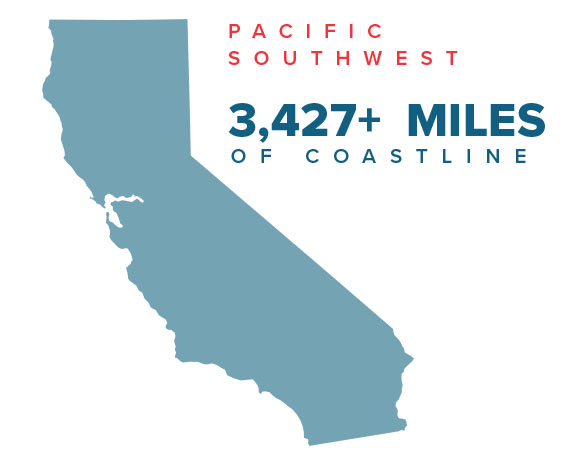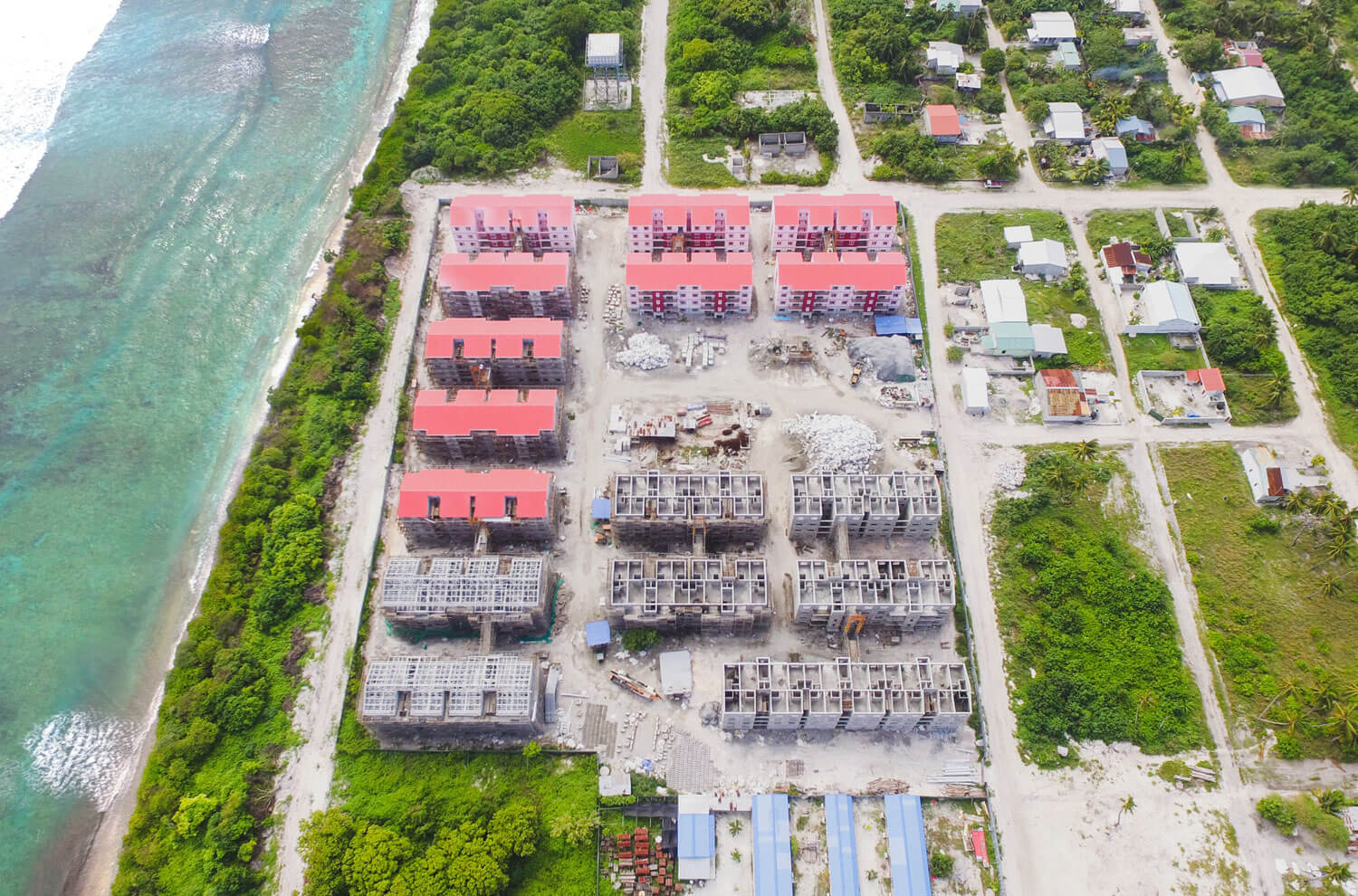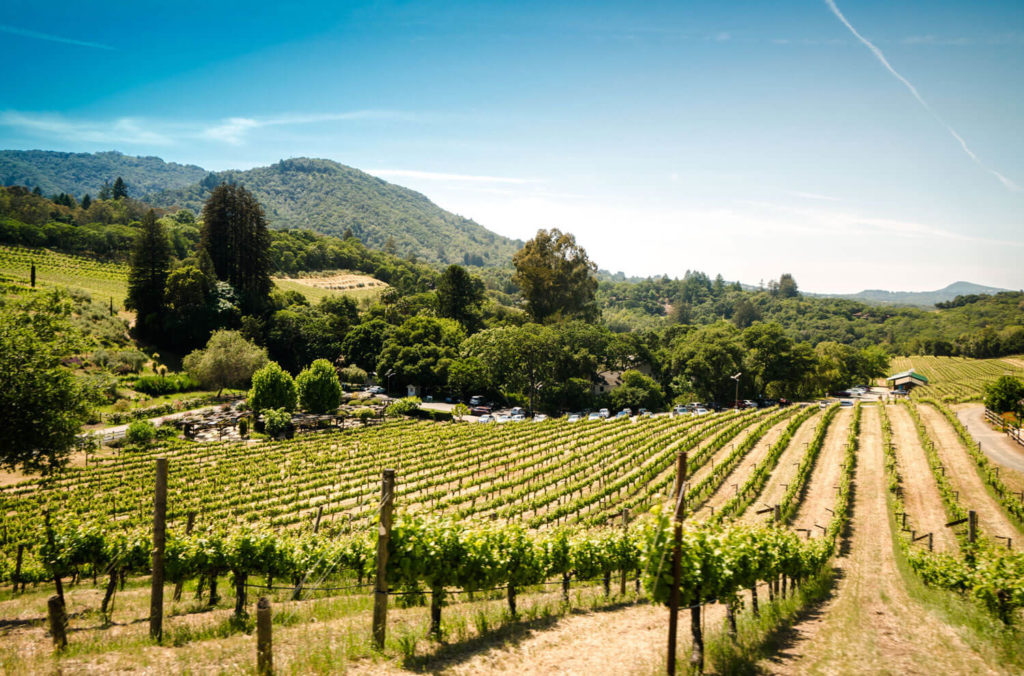Pacific Southwest Project Resources:

One hundred million acres in size, California is one of the most ecologically diverse states in the country. California has more than 3,420 miles of shoreline, 30,000 miles of rivers and streams, 4,800 lakes and reservoirs, 3 North American desert habitats, 3 forested mountain ecoregions, and coastal forests dominated by redwoods, the tallest trees in the world. California has more native and endemic species than any other U.S. state, with over 750 native fish and wildlife species and over 6,000 native plants.



Development has led to enormous losses in wildlife and fish habitat.
With a human population approaching 40 million, California’s natural lands face continual pressure from development. Since the 1900s, Southern California has lost about 40,000 acres of wetlands to development.
Between 2001 and 2011, California lost 785 square miles of natural land to development, far more than any other western U.S. state. This loss of habitat threatens numerous species of plants and animals.
The Sacramento Valley is an important stopover for many birds migrating the Pacific flyway. These birds depend on shores and wetlands for food, water, and rest. But farmers have drained over 90% of the wetlands in the Sacramento Valley. California’s long-term drought also reduced the flooding of agriculture fields. This threatens the survival of tens of thousands of birds.
Chinook salmon are a popular recreational and commercial fish. Yet experts suggest this species could disappear from California waters within the next century. Not only are Chinook salmon threatened, but so are 23 other species of salmon and trout. Climate change, agriculture, and dams are three main factors threatening these species.


Wetland restoration can take many forms, such as:
Rising waters are expected to inundate all coastal marshes in California by 2110. Projects are underway to add sediment to salt marshes and take other steps to adapt to expected sea level rise. Salt marshes reduce storm surge energy which prevents flooding, improves water quality, and provides critical habitat for birds and wildlife.

Restoration of wetlands, dunes, and other coastal areas protects against erosion, reduces flooding, and improves water quality. Native birds, fish, and other wildlife return to restored areas, enhancing fisheries and biodiversity. Habitat improvement helps the recovery of threatened or endangered species. Tourism and outdoor recreation benefit as people fish, bird watch, or visit wildlife areas.
Natural shoreline infrastructure is a natural solution to coastal erosion. Coastal restoration projects may replace a seawall or bulkhead with a natural beach, soft shore protection, salt marsh bordered by an oyster reef, or similar structure. One study suggested that marshes protect shorelines from erosion better than bulkheads.
Restoring riverside floodplains and protecting mountain streams can help protect populations of trout and salmon. Removing dams or other obstacles in waterways can help these fishes during their migrations.

We need your help to improve the Toolkit by completing our easy, 3-minute survey. Your insight is valuable to us.